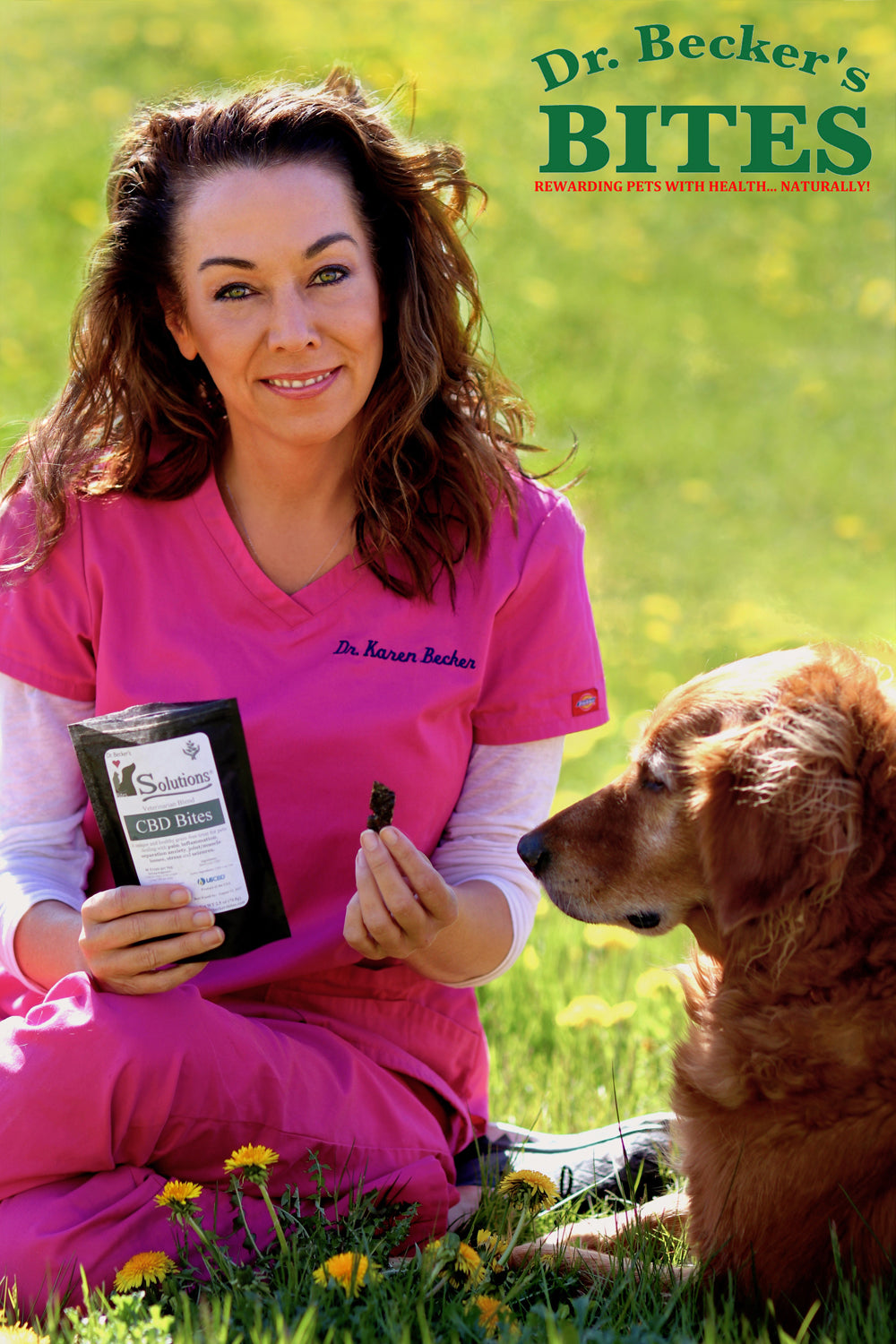 By Dr. Karen Shaw Becker
By Dr. Karen Shaw Becker
Diabetes and Cats
Diabetes mellitus in cats is similar in many ways to Type 2 adult-onset diabetes in humans. In both cases there’s a deficiency of insulin secretion along with insulin resistance. Known risk factors in both kitties and people include being overweight, lack of physical activity and age. Scientists have been studying environmental risk factors for human diabetes for years, and fortunately, researchers have also started looking more closely at potential contributors to the disease in cats.
In fact, a team of researchers at the Swedish University of Agricultural Sciences recently published the results of a study conducted to assess the associations of environmental risk factors with diabetes in cats.1 A major finding from their study is that dry diets appear to be a significant risk factor.
“Through our research we found that while obesity is a very important and prominent risk factor for diabetes mellitus in cats, there is also an increased risk of diabetes among normal-weight cats consuming a dry food diet,” said Dr. Malin Öhlund, a Ph.D student of the department of Clinical Services at the Swedish University of Agricultural Sciences and lead researcher on the study.
“This correlation, compared to normal-weight cats on a wet food diet, is a new and interesting finding that warrants further research, as a dry food diet is commonly fed to cats around the world.”2
The “aha moment” for these researchers was the appearance of a link between dry diets and diabetic cats who aren’t overweight. This is not a surprise to me, or to anyone who understands basic feline biology. I don’t understand why the scientific community is so hesitant to link diet to disease. It’s incredibly frustrating.
Study Evaluated Over 2,000 Cats With and Without Diabetes
For the study, the researchers conducted a case-control study involving 396 diabetic cats and 1,670 nondiabetic cats of the same age. The owners of the kitties filled out an online questionnaire about their cats’ diets, physical activity, body condition and other lifestyle measures.
Most of the cats were domestic (81 percent) and spayed/neutered (98 percent), and were fed either an entirely dry diet, or a mixed diet. About two-thirds of the kitties nibbled at their food throughout the day; 15 percent were “greedy eaters” that gobbled up their meals immediately.
Factors That May Affect Your Cat’s Risk for Diabetes
Based on questionnaire responses by cat owners, the researchers identified eight factors that seem to increase the risk for feline diabetes:
|
Male |
Greedy eating behavior |
Vaccinated |
No other household pets |
|
Overweight |
Predominantly dry food diet |
Indoor confinement |
Previous corticosteroid treatment |
The researchers also identified six factors that seem to decrease the risk:
|
Female |
Ad libitum feeding (free feeding) |
Underweight |
|
Dog in the household |
Outdoor access |
Rural living environment |
The questionnaires also revealed that compared with domestic cats, Burmese and Norwegian breeds had a higher risk of diabetes, whereas Maine Coons, Persians and Birmans had a lower risk. Additional information on risk factors:
- Overweight cats are at higher risk for diabetes regardless of their diet
- Normal weight cats fed dry versus wet food are at increased risk
- Indoor-only, moderately active and inactive cats are at increased risk
- Inactive cats with some access to the outdoors are at decreased risk
- The risk for indoor-only active cats is not affected
The Winn Feline Foundation sums up the study results this way, and I couldn’t agree more:
“It does appear that the burgeoning incidence of human and feline DM [diabetes mellitus] is one of the side effects of civilization.
Cats and people with inactive lifestyles that promote weight gain and insulin resistance, who are consuming high carbohydrate diets developed for convenience, and who have fast, greedy eating styles that may be potentiated by stress and boredom, experience similar risk factors for the development of this complicated and potentially life-threatening metabolic disease.”3
6 Steps You Can Take Today to Dramatically Reduce Your Kitty’s Diabetes Risk
In reviewing the eight risk factors listed above, it’s clear there are steps cat parents can take to minimize the risk their pet will develop diabetes:
|
Don’t over-vaccinate |
|
Keep your cat on the lean side Obesity is hands down the biggest cause of feline diabetes. The majority of cats in the U.S. are fed a high-calorie, high-carbohydrate diet loaded with grains they have no need for, such as corn, wheat, rice, soy, millet or quinoa. Grain-free dry foods also contribute to obesity and diabetes, because they are calorie-dense and contain high glycemic potatoes, chickpeas, peas or tapioca, which require a substantial insulin release from the body. All the carbs (starches) in your cat's food — which can be as much as 80 percent of the contents — break down into sugar. Excess sugar can trigger diabetes. You can help your cat stay trim by feeding a portion-controlled, moisture-rich, balanced and species-appropriate diet consisting of a variety of unadulterated protein sources and healthy fats, and specific nutritional supplements as necessary. |
|
If possible, give your cat safe access to the outdoors in nice weather You can teach kitty to take walks with you on a harness and leash, or you can build or buy a safe outdoor enclosure. |
|
Curb greedy eating behavior If your cat gobbles up every meal, see these tips for putting the brakes on greedy eating. |
|
Stop feeding kibble! It’s a fact that many diabetic cats improve significantly once they're transitioned to a low-carbohydrate diet. Many stop needing insulin altogether; others require much less than when first diagnosed. Unfortunately, many veterinarians recommend prescription diets for diabetic cats that are wholly inappropriate. As cat nutrition expert Dr. Lisa Pierson points out, these diets "… are expensive, low in quality, contain species-inappropriate ingredients and are not necessarily low in carbohydrates.”4
There are two general guidelines for selecting the best diet for cats with diabetes, and to prevent the disease in a healthy cat:
The carbohydrate content of commercial cat food won’t be found on the package label. However, calculating the approximate amount of carbs in a dry diet is easy to do. Just add up the percent of protein, fat, fiber, moisture and ash and subtract the total from 100. As an example, let’s take a look at the guaranteed analysis for Blue Buffalo’s BLUE Freedom® Grain-Free Indoor Chicken Recipe For Adult Cats:5
Now let’s plug those numbers into our formula: 100 – 32 – 14 – 7 – 10 = 37 percent carbohydrates That’s four times the amount of carbs a cat should be eating each day. It’s very important to understand that many grain-free dry foods have a higher carb (starch) content than regular dry cat food, and you can't count on the pet food manufacturer to disclose this fact. The ideal nutrition for cats is whole, fresh and unprocessed animal meat, organs and bones, with a small amount of vegetables. Unfortunately, the majority of middle-aged and senior kitties with diabetes are completely addicted to processed pet food, usually kibble. Despite what many cat guardians believe, it's possible to transition almost any kitty from kibble to a high-quality canned food and/or raw diet with patience and persistence. It can take weeks and even months, in some cases, to make the full transition. For step-by-step guidelines on how to get it done, see my two-part video/article series "How to Win the Healthy Food Battle with Your Fussy Feline," part 1 and part 2. Some diabetic cats are always hungry, which works in your favor when transitioning to a better diet. Others don't have much appetite, and it can feel like mission impossible to convince a finicky cat who feels lousy to sample a new type of food. I recommend sticking with it as long as your cat is eating well each day. If she absolutely must have kibble or she won't eat, try to add as much grain-free, potato-free and low-carb canned food to her dry diet as she'll tolerate. Meanwhile, continue to try to move her away from the kibble to a 100 percent canned and/or raw diet. |
|
Don’t allow your cat to receive unnecessary steroid therapy There are a number of synthetically produced corticosteroids (also called glucocorticoids), including prednisone, prednisolone, dexamethasone and betamethasone. On the positive side, these drugs are extremely effective at treating a wide range of symptoms (not the root cause of the problem), from itchy skin to the painful and debilitating inflammation associated with serious diseases like cancer. But the downside of synthetic steroid hormones is they have a very long list of side effects, some of which can, over time, create more serious health problems than the problem they were prescribed to treat. Pets receiving steroids most often have an inflammatory condition (conditions that often end in “–itis"), including dermatitis (inflammation of the skin), enteritis (inflammation of the small intestine) and colitis (inflammation of the colon). A cat with a GI tract disorder falling into the general category of inflammatory bowel disease (IBD) is often prescribed steroids, as are kitties with allergies, inflamed gums or eyes, and asthma or another upper respiratory condition. If your cat has a health challenge, the goal should be to identify and treat the root cause while relieving symptoms with nontoxic therapies. Natural alternatives to corticosteroids exist, but unfortunately, only certain holistic and integrative veterinarians are familiar with them. For example, I use plant-derived sterols and sterolins instead of synthetic steroid hormones. When I'm dealing with inflammatory conditions, I also use proteolytic enzymes, homeopathics, Chinese herbs and acupuncture. If your kitty has allergies, as so many pets these days do, I strongly encourage you to try to determine the allergic triggers. Is it her diet? Are there GMOs in her food? Is it a toxin in her environment, perhaps a household cleaner? If her skin is red and itchy, what's causing it? Under certain circumstances, but much less often than the current trend of overuse, steroid therapy for a pet is necessary and advisable, for example, in cases of acute head trauma or immune-mediated diseases. But regardless of why the drug is being given, it's important to insure your cat isn't receiving steroid treatment for extended periods of time, or repeatedly, or for symptoms of an unknown underlying condition. |

